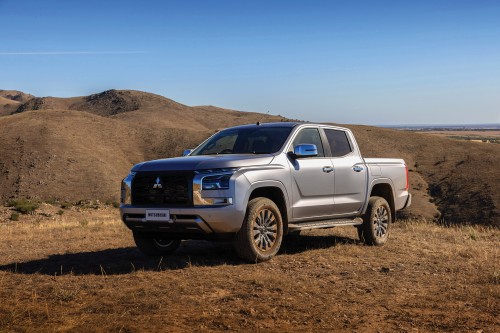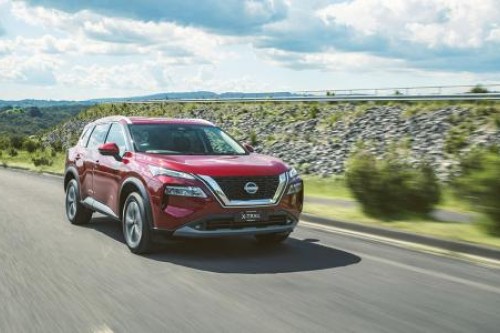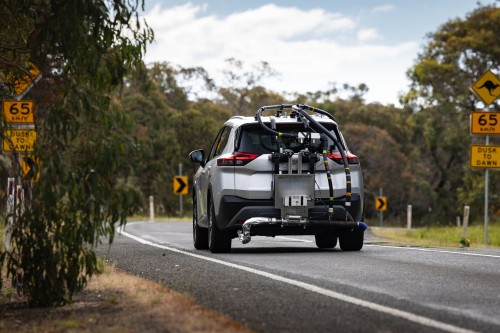
GWM Cannon
A value for money workhorse
Price: $40,490 (Cannon Ultra) to$49,990 (Cannon XSR)
Fuel Consumption: 8.4L/100km
ANCAP Safety Rating: 5 Stars (XSR is unrated)
Warranty: Seven-year warranty with unlimited kilometres
Chinese brand Great Wall Motors (GWM) is building a reputation for great value and reasonable quality. The midlife upgrade of GWM’s dual cab 2.4-litre Cannon, priced at about $40,000 driveaway, is a good example of this value for money.
Sitting atop the four-model range is the well-appointed Cannon XSR, which is cheaper than the entry-level Mitsubishi Triton. The recent upgrade addresses refinement-related complaints about the previous model, with an updated interior and faux leather trim standard across the range.
The modernised interior looks cleaner and simpler and more like a family car. At its heart is a 12.3-inch high-resolution centre touchscreen display with Apple CarPlay, Android Auto and digital radio. It also has voice command – say “Hi GWM, I’m cold” and it’ll access the cabin temperature controls. The driver receives vehicle information via a seven-inch digital instrument cluster and the cruise control has its own easy-to-access column-mounted stalk.
Three (four in the XSR) 12-volt pre-wired switches for accessories are mounted in the console alongside the aviation-style gear shifter and in front of the wireless phone charger.
The revised exterior styling has reduced chrome accents, but the standout is the massive GWM logo stamped on the tailgate. All but the base model come with a handy rear step ladder integrated into the tailgate, which also locks via the central locking function.
Unlike many utes, the Cannon includes a spray-on tub liner to protect painted surfaces. It also has decent ground clearance, but a large turning circle.
The new 2.4-litre turbo-diesel engine, coupled with the nine-speed automatic transmission, is a distinct improvement in performance and economy over its predecessor. However, it still has some turbo lag on take-off and the engine braking over undulating terrain could be better. GWM has increased the car’s towing braking capacity to 3.5 tonnes, matching many of its competitors.
Interventionist lane keeping and an advanced driver-assistance system are standard features, so you’ll need to turn them off in the drop-down menu each time you start the car. Ironically, the top-spec XSR is missing some safety equipment, such as emergency lane keeping, door-open vehicle warning, rear-collision warning, blind-spot detection and rear cross-traffic alert with brake. GWM claims the XSR’s layout prevents certain driver aid technology from being fitted.
GWM products are improving in value and quality with every new model. Dollar for dollar the Cannon is probably the best value dual cab ute in the market right now and worth a serious look.
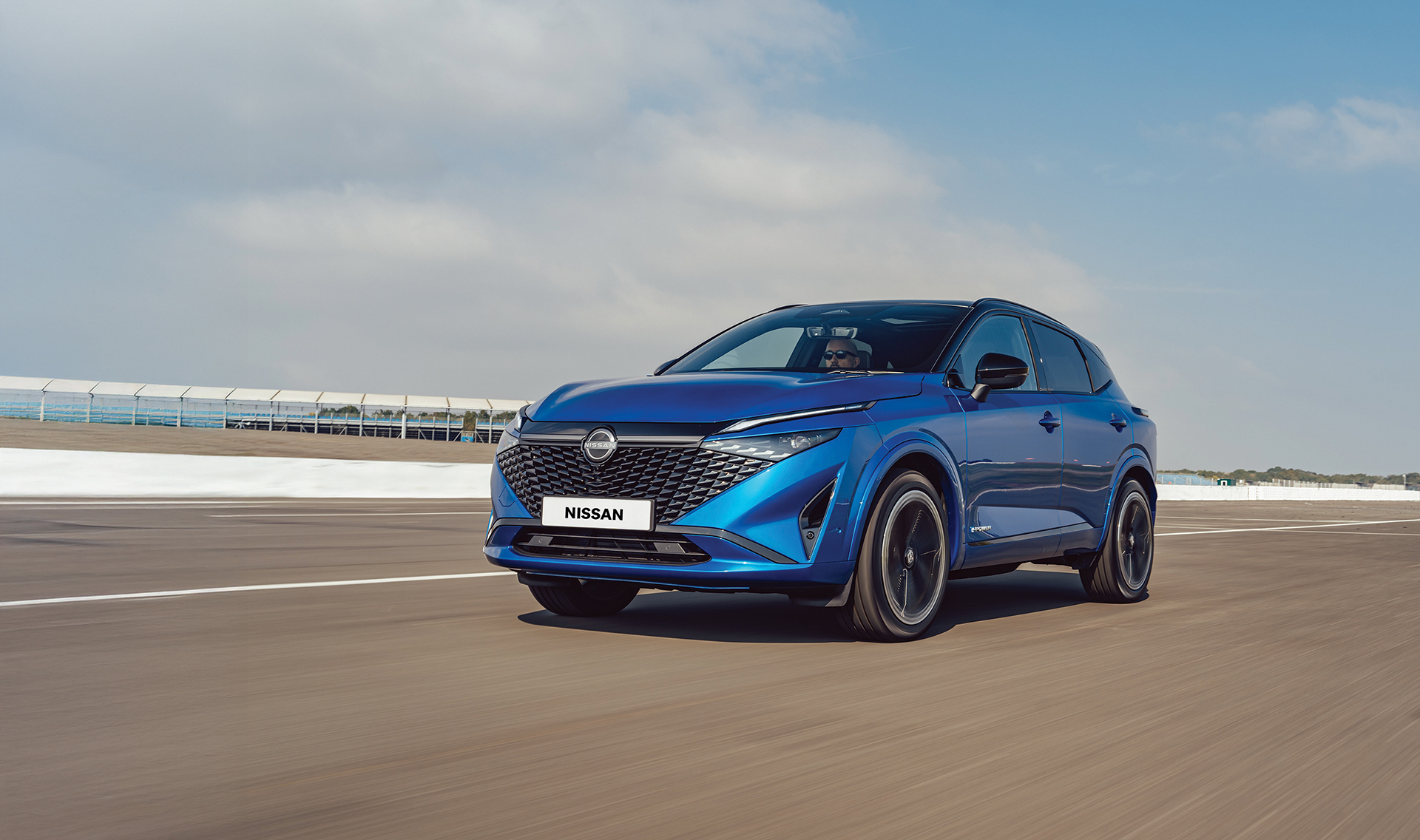
Nissan Qashqai
A stylish, small SUV
Price: $34,665 (ST) to $54,365 (N-Design e-Power)
Fuel Consumption: 6.5L/100km
ANCAP Safety Rating: 5 Stars
Warranty: Five-year warranty with unlimited kilometres
The updated Nissan Qashqai has added a ton of value with only a very small price increase. This keeps the Qashqai competitive with its traditional Japanese rivals and cheaper Chinese challengers.
Nissan’s main value-adds include stacking in more equipment across the range, lowering its servicing prices and adding a longer warranty. Its new 10-year/300,000km warranty (when serviced at Nissan dealers) is probably best in market, yet the sticker prices are effectively unchanged.
The well-appointed and spacious interior now has softer textiles, and Nissan has included plenty of tech, such as a 12.3-inch touchscreen, wireless Apple CarPlay and Android Auto, dual-zone climate control, LED headlights across the range, rain-sensing wipers, and support for a new Nissan Connect phone app.
The most affordable Qashqais are powered by a 1.3-litre turbo-petrol four-cylinder engine, while the e-POWER hybrid is the most expensive variant at about $54,000 drive-away.
Designed in Europe and built in the UK, the interior trim includes Alcantara fabric combined with a new simpler dash layout, while customisable interior lighting rounds off the high-quality package. Shortcut buttons for simple and effective access to audio output and the safety cameras sit just below the touchscreen.
Nissan has also fitted thicker side glass for cabin noise reduction. The Qashqai has wide-opening rear doors and excellent cargo space in the rear.
Qashqai buyers have a choice of a turbocharged four-cylinder petrol engine, or a turbo three-cylinder paired with Nissan’s e-POWER technology.
Hybrid power is standard on the N-Design, and optional on the Ti-L, with a 1.3-litre petrol engine standard for the rest of the range. All models run on 95 RON fuel.
When it comes to power delivery, the e-POWER is much better than the internal combustion engine-only versions and in e-pedal mode it’s an easier drive. The e-pedal can be polarising, but I like it.
Depending on the specification, there are four different wheel sizes. The 20-inch rim package on the three top models makes for a firm ride, whereas the base 17-inch rims on taller tyres give an overall better ride.
The Nissan Pilot assist system works well to provide smart cruise control, and the advanced driver-assistance system (ADAS) is refreshingly well-calibrated.
The Nissan Qashqai is the right blend of style, quality and value in a competitive small SUV market and worthy of sitting in any driveway.
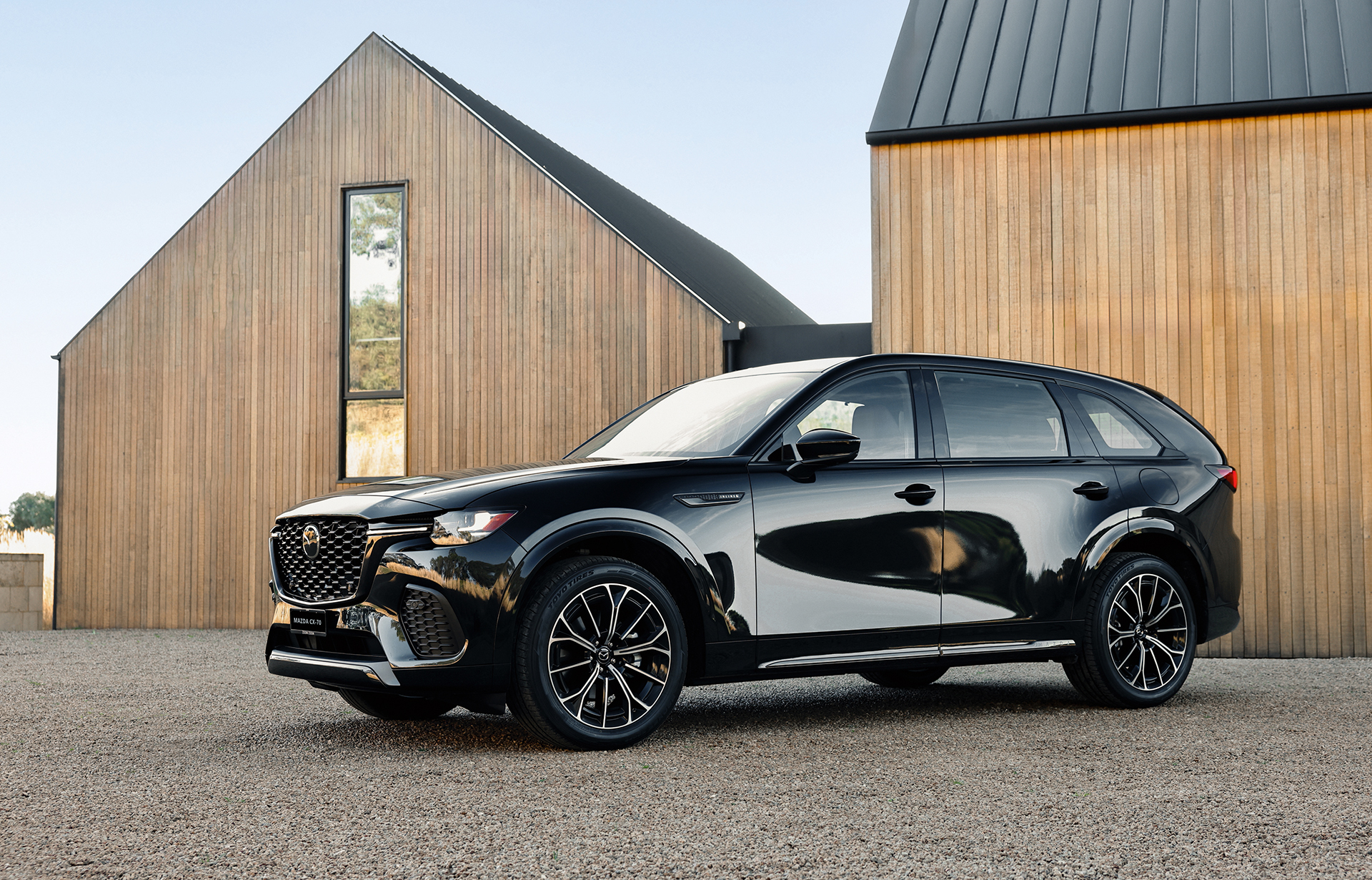
Mazda CX-70
Euro style for less
Price: $75,970-$84,970
Fuel Consumption: Diesel - 6L/100km Petrol - 10.5L/100km
ANCAP Safety Rating: Not rated
Warranty: Five-year unlimited-kilometre warranty
Mazda fans are spoilt for choice when it comes to SUVs. The Hiroshima-based car manufacturer now offers seven different models, and the latest is its first all-hybrid CX-70.
Mazda says the CX-70’s competitive price means its target buyers are older drivers who don’t need seven seats and will find the bigger boot more useful for their lifestyle. The Japanese-made CX-70 feels like European luxury with its high-quality materials and attention to detail.
The CX-70 GT is the entry model, yet it comes with luxury features such as a panoramic sun-roof, a premium Bose amplifier with 12 speakers, powered leather front seats, and two 12.3-inch screens – one for the Mazda Connect infotainment system and the other a multi-information display.
Spend another $7000 on the CX-70 Azami and you’ll get an aesthetic boost, with black or burgundy Nappa leather seat trim, body-coloured wheel arches and lower cladding, ambient lighting and body-colour exterior side door handles.
A 150W AC power socket in the cargo area is handy for charging items such as a small portable fridge or e-bike battery.
Space in the CX-70 is generous and although it’s the same body size as the CX-90, it only seats five. There’s space for three adults in the back and the seats also recline for more comfortable long trips.
The flat cargo floor and the 40/20/40 split seats also improve the use of the whole space. Mazda Connected Services via the MyMazda app is available across the entire CX-70 range.
It offers useful features such as vehicle status and health, stolen vehicle assistance, remote lock, a flashlight functionality and vehicle locator to help you find your car.
The CX-70 is an easy ride thanks to its all-wheel drive system designed with rear-wheel-drive bias. In both the petrol and diesel versions the power is adequate but delivered differently. As the ‘In-line 6’ badge on the front guards proclaims, both CX-70 types have turbocharged 3.3-litre engines, but the diesel power delivery is smoother and quieter than the petrol.
The CX-70’s size and mass mean neither variants were destined for class-leading fuel efficiency, even with the hybrid system, but the diesel is far more frugal on fuel than the petrol version. The petrol engine also needs the more expensive 95 RON fuel.
Mazda’s M Hybrid Boost 48V mild hybrid technology supports both engines, which assists at lower speeds to maximise driving efficiency. During deceleration, the hybrid system puts charge back into its 17.8kWh battery.
The CX-70 will suit buyers who have a decent budget for an SUV and want a car that’s big enough to cater for any variety of lifestyles but don’t need to transport seven people.
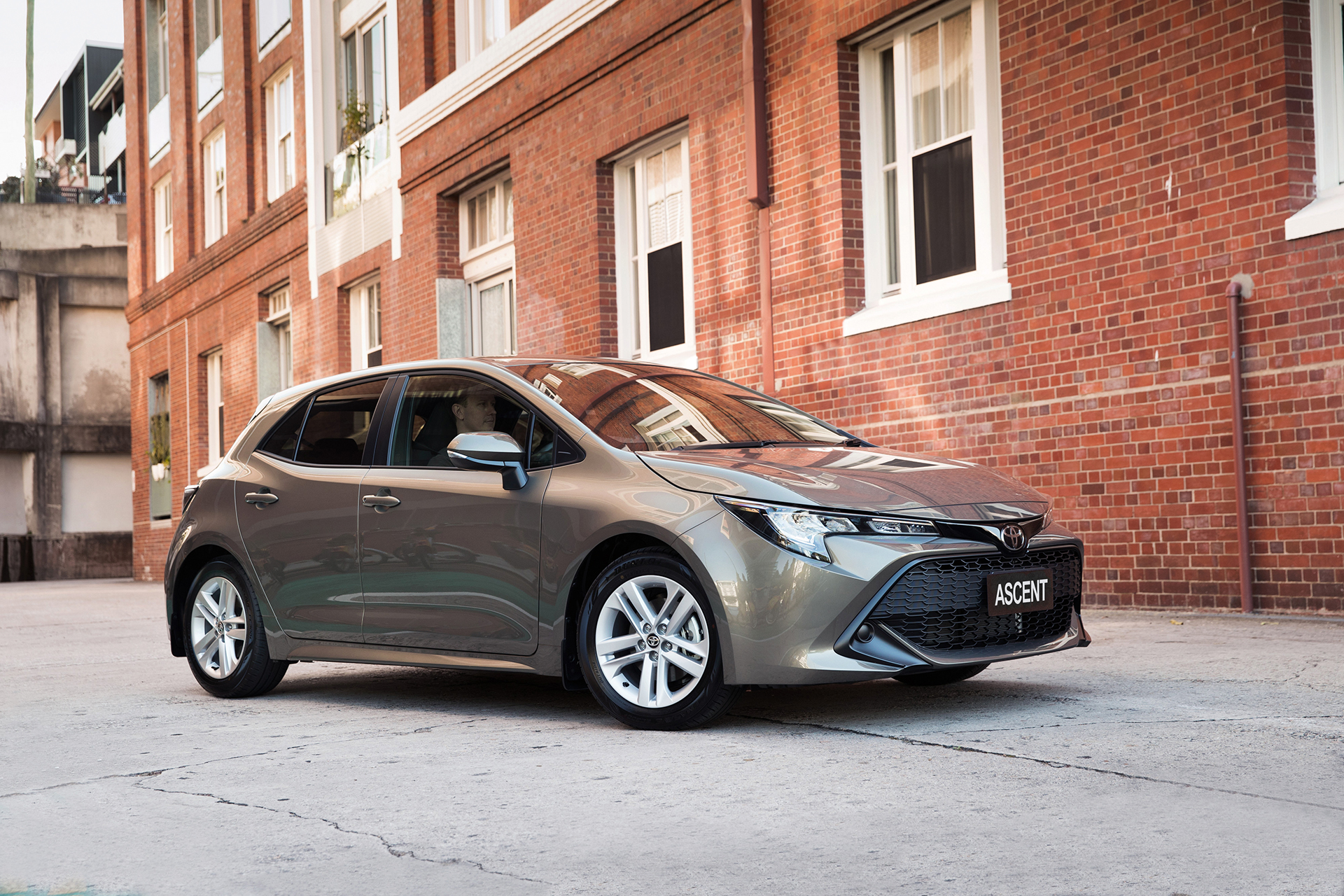
2018 Toyota Corolla Ascent Sports
A best seller
price When New: $24,370
Used-Car Price Range: $20,200 to $22,000
Fuel Consumption: 6.5L/100km
ANCAP Safety Rating: 5 stars (current used-car safety rating of 5 stars)
For many people, the popular Toyota Corolla was either the car they drove when they learnt to drive, the first car they owned or the second family car in the driveway. In fact, the Corolla has been the small car of choice for South Australian families for decades.
Toyota has relied on its reputation for reliability instead of being good value for money, which means the Corolla’s standard features are slightly below par. If you’re looking for more kit, search for models with higher specs.
There were more than a dozen 2018 variants of the Corolla, but the most popular choice was the entry-level Toyota Corolla Ascent Sports. This variant was the car of choice for government departments and hire-car companies due to the low running costs and exceptional value retention. This means there are a lot of them on the used-car market.
The Corolla is on the larger end of the small-car segment, which means it can easily fit four adults and has a flexible split-seat cargo arrangement.
The standard safety package on the base Toyota Corolla includes autonomous emergency braking and a lane-support system with lane-keep assist. Look for a mid-range Corolla SX if you want blind-spot monitoring, smart keys, navigation and a digital radio.
Toyota tends to design its cars to be a softer ride for comfort. This is evident in the Corolla, but Toyota has still retained confident and predictable handling, whether it’s in the city or on regional roads at highway speeds. The cabin noise while driving on the freeway is quieter than a lot of its counterparts.
The fuel-efficient two-litre petrol engine is standard across the range, except for the hybrid. You can expect to get about 6.5 litres per 100km. The engine performance is adequate for the average driving needs.
The Corolla is the go-to used car for those looking for a comfortable, reliable and affordable larger small car. There are plenty out there to choose from but make sure the car has been given some servicing and love during its previous life.
